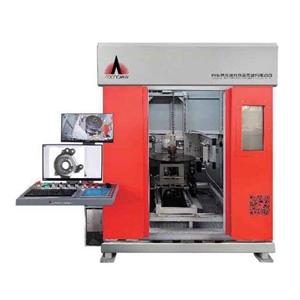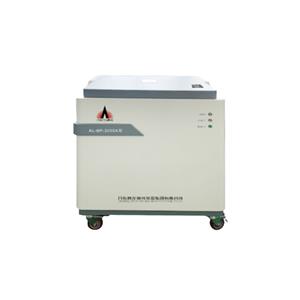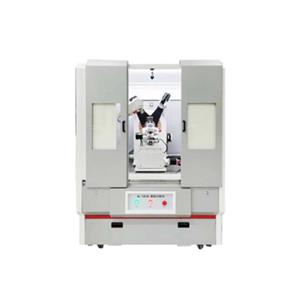The application of X-ray technology in BGA detection
In the 1990s, with the advancement of integration technology and equipment improvement, LSI, VLSI, and ULSI emerged one after another. The integration of silicon single chips continued to improve, and the requirements for integrated circuit packaging became more stringent. The number of I/O pins increased sharply, and power consumption also increased accordingly. In order to meet the needs of development, a new variety - Ball Grid Array Package (BGA) - has been added to the existing packaging varieties.
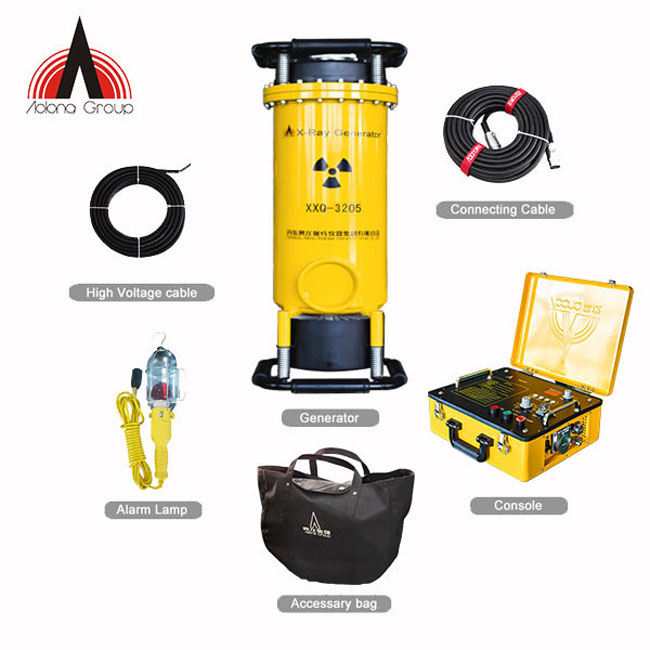
At present, the commonly used detection methods for BGA include visual inspection, flying needle electronic testing, X-ray detection, staining detection, and slice detection. Among them, X-ray detection utilizes the transmission characteristics of X-rays to effectively detect the welding situation of solder balls hidden under the device, and is currently the most effective BGA welding quality detection method.
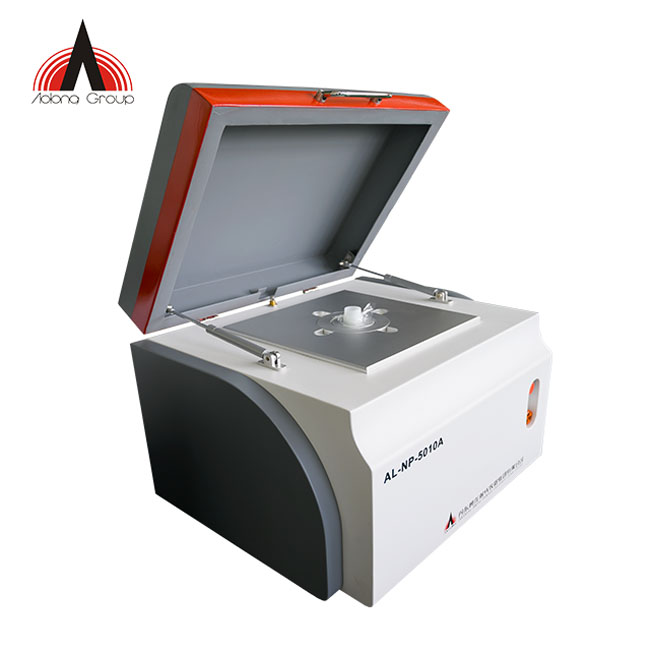
The following are the core advantages of X-ray testing:
Non destructive testing:
X-ray testing is a non-destructive testing method that does not require physical contact or damage to the object being tested. This is very important for sensitive electronic components such as BGA chips, as they will not be subjected to additional damage or impact
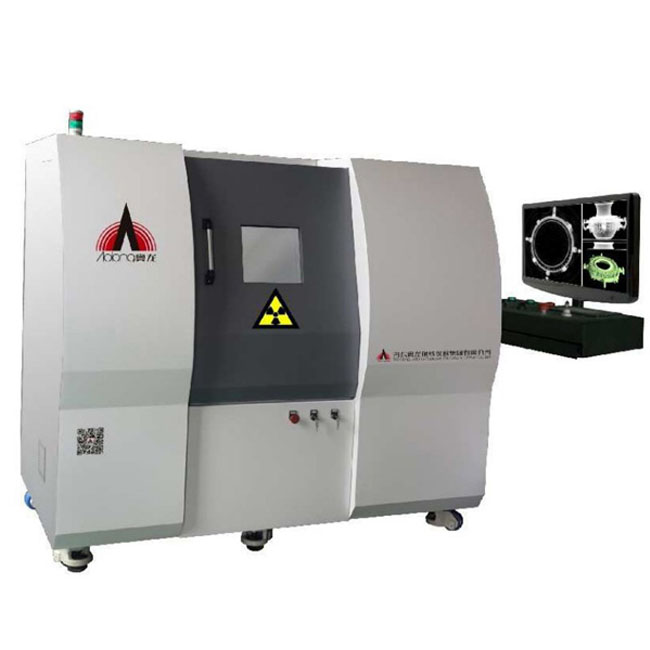
Visible internal structure:
X-rays can penetrate objects and display their internal structure. For BGA chips, X-rays can penetrate the external packaging, demonstrating the quality and reliability of solder joint connections. This enables X-ray inspection to detect defects, cracks, virtual soldering, and other issues in solder joints.
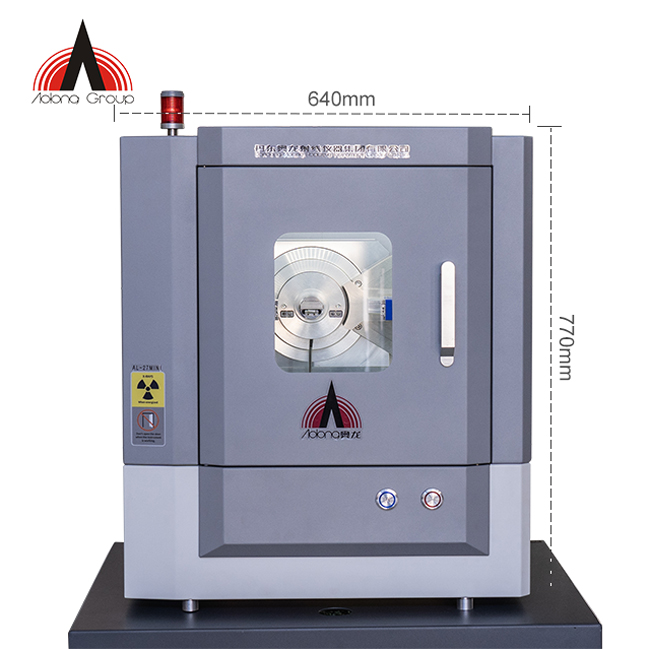
High resolution:
Modern X-ray testing equipment has the ability to display small details and defects with high resolution. This is very important for detecting the quality of small solder joints in BGA chips, as these solder joints are often very small and difficult to observe directly.
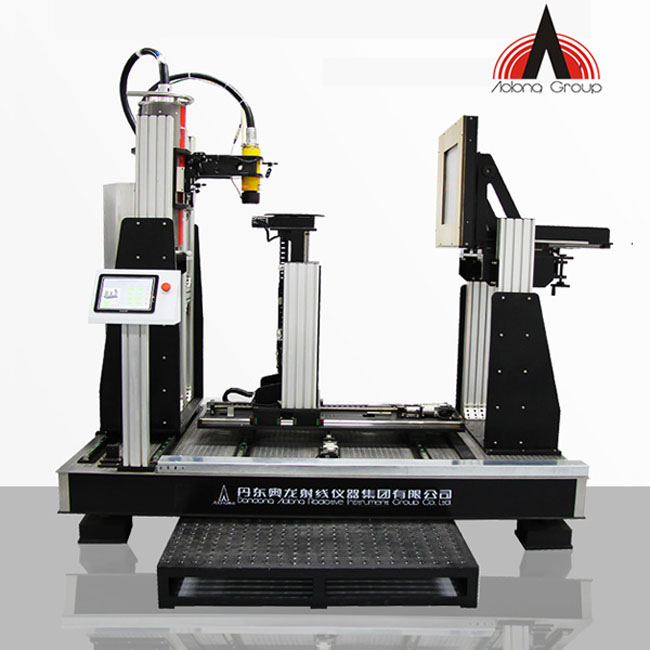
Fast and automated:
X-ray testing equipment usually has the ability to quickly scan and process images, and can complete a large number of testing tasks in a short period of time. In addition, some devices also have automation functions that can automatically identify and analyze the quality of solder joints, improving detection efficiency and accuracy.
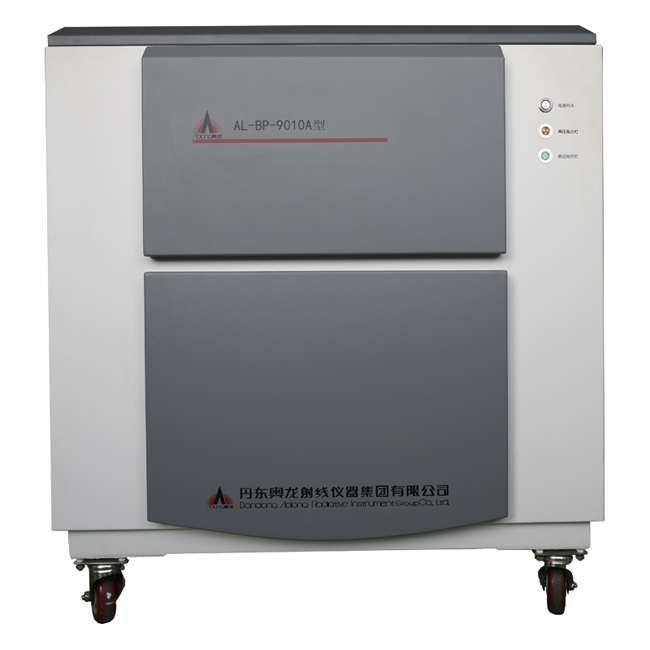
Multifunctionality:
X-ray inspection is not only suitable for detecting solder joints in BGA chips, but also for detecting the welding quality, packaging integrity, and internal structural defects of other electronic components. This makes X-ray testing a multifunctional tool that can be applied to quality control and fault diagnosis of different types of electronic devices and components.
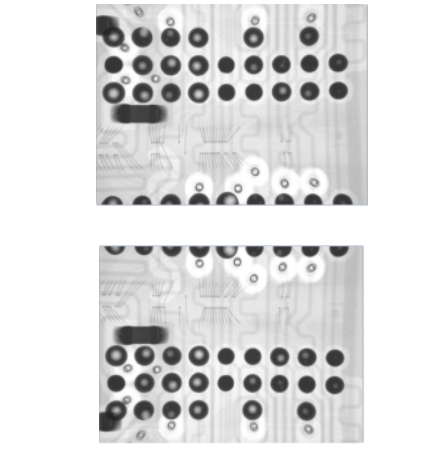
In summary, X-Ray detection equipment for detecting BGA welding has advantages such as accuracy, time-saving and labor-saving, durability, safety, and flexibility. It can meet the different needs of customers and provide accurate, safe, and efficient detection services.

